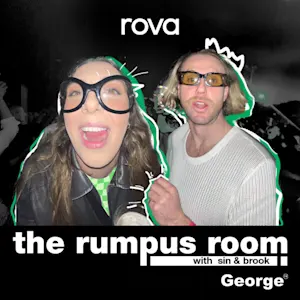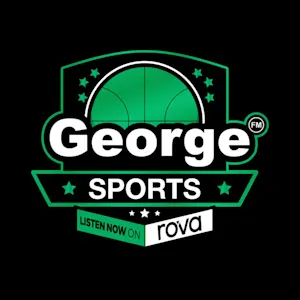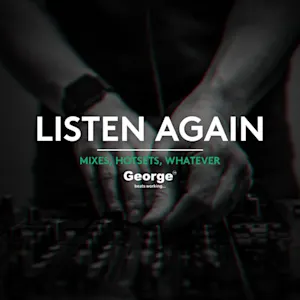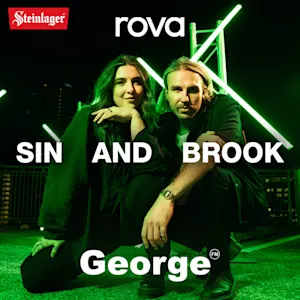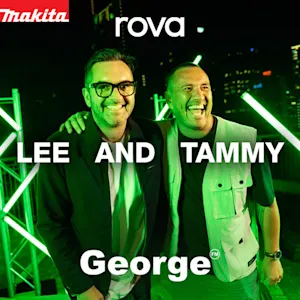Since its inception over 40 years ago, electronic dance music has been a titanic force captivating hearts, ears and unsurprisingly the eyes of all those who follow.
Self-expression in dance music extends far beyond the sonic experience and the gyrating moves that come with it. To look the part has been an ever developing story of boldness, rebellion and community.
Fashion sensibilities in dance music a.k.a 'Rave Wear' embodies the very spirit of the culture. Accounts may vary but one could argue the emergence of dance music was as a result of the "Death of Disco". In the late 70's there was a mass movement of music consumers, specifically Rock music lovers in the United States, to reject the vibrant genre of Disco.
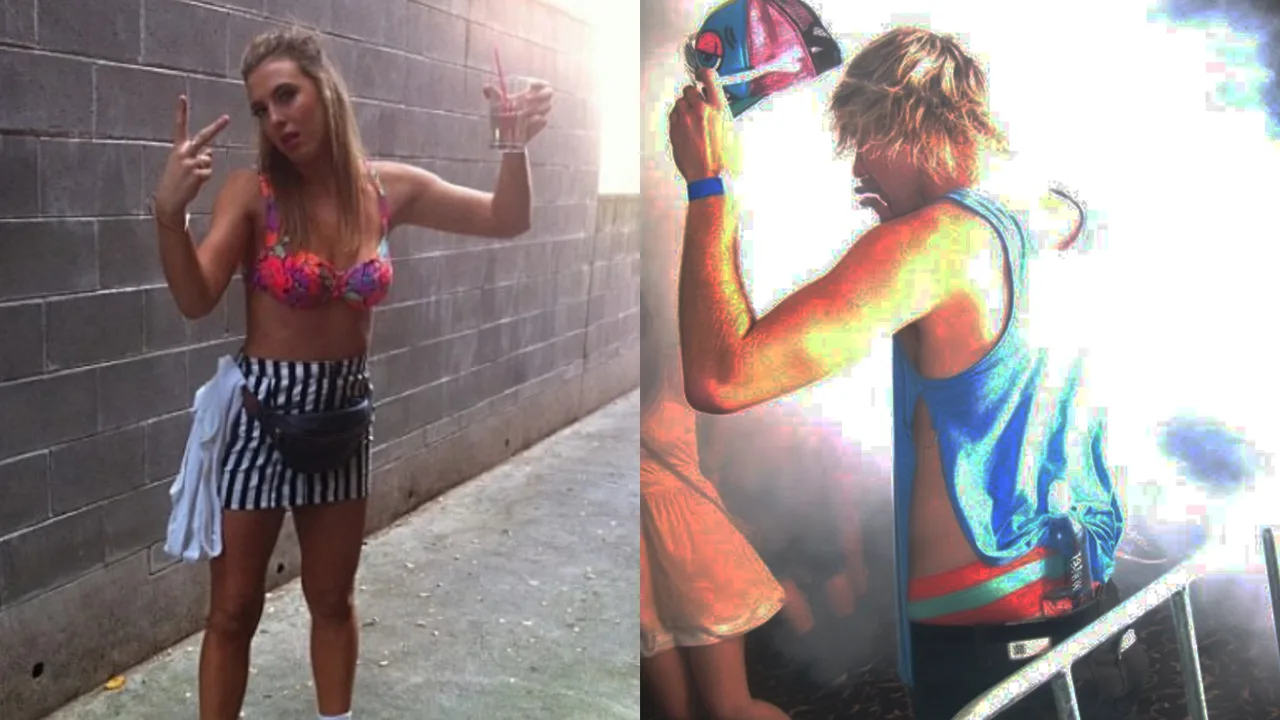
However, the passion that underlay disco music could not be dimmed and from this strife, House music emerged. Championed by Black, Queer and Latino communities, the emergent art form was a transformation of disco into a more mechanical and sample driven beast that pulsated through the underground clubs of the early 80's. Spreading from the States to England, it is around this time that we saw the emergence of 'raves' - underground dance parties, usually at night.
They were not associated with any illegal activity until 1986, with the origin of the word coming from the British slang "rave-up" which meant to put in effort. Unironically, much effort has been made in how ravers looked when attending these shin-digs. Let's explore how this effort has changed over time.
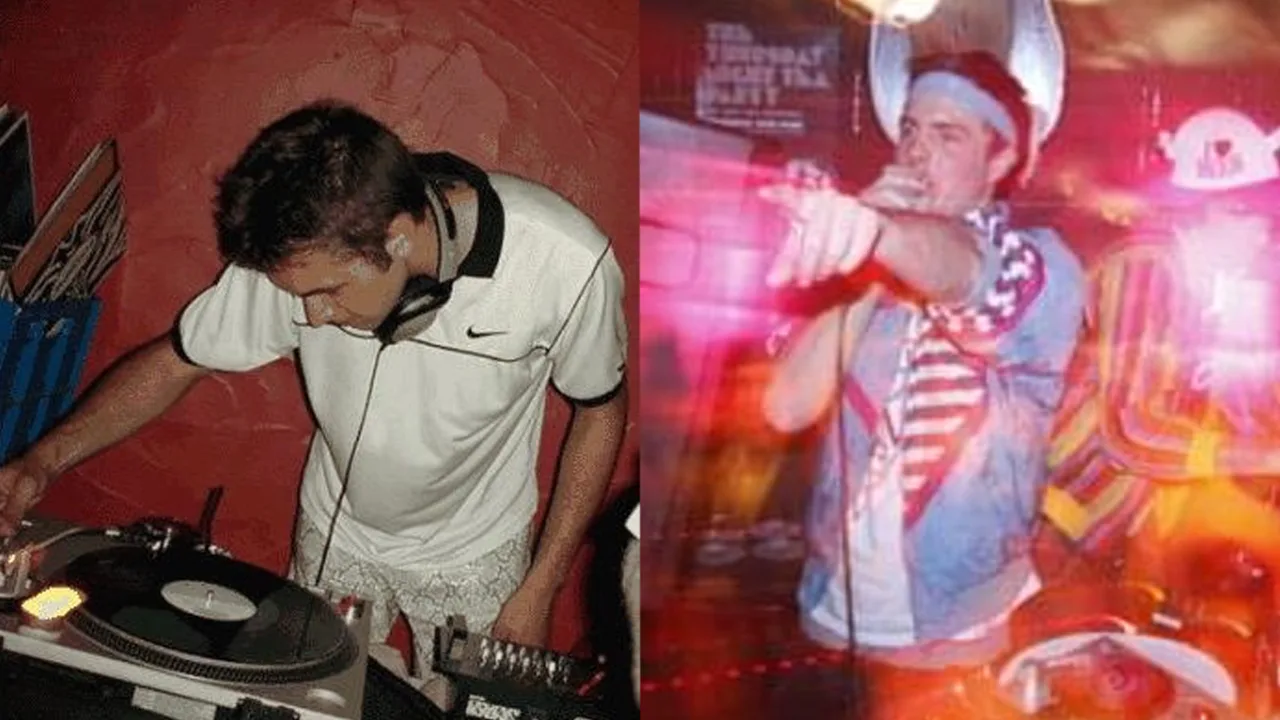
90's Rave Fashion
Fuelled by equal parts functionality and radiance, this era of rave fashion saw many staples such as wide-legged pants, bright colours, body paint and flashy accessories. It's a no brainer that if you're fixing for a long night of drug-induced dancing, baggy attire was the most practical choice. It also serves as great storage for your numerous "party favours". Iconic looks also included the oversized t-shirts with the unforgettable 'smiley face' rave symbol. To add a further attractive glaze, rave-goers would sport accessories such as tinted sunglasses, glow sticks, small colourful bags/backpacks and dyed hair.
2000's

With the popularising and general acceptance of rave culture, the scene began to move into the clubs. With this came dress codes and subsequently, a milder approach to rave fashion. A darker time in the scene if you will. Outside of the clubs, hip-hop culture and cyber style began to shake the dance floor. Moving bodies could be sporting anything from cropped baby doll tees to basic blacks and neon colours.
2010's
An era not necessarily looked upon with fondness in regard to fashion, rave wear was still alive and thriving with the emergence of 'Kandi' culture. Kandi is a distinctive part of rave wear that are items meant for exchange and bonding such as bracelets made of beads and charms. 2010's rave wear also welcomed furry accessories and go-go inspired elements. Think big furry fashion boots, tutus and unicorn head wear (yikes..).
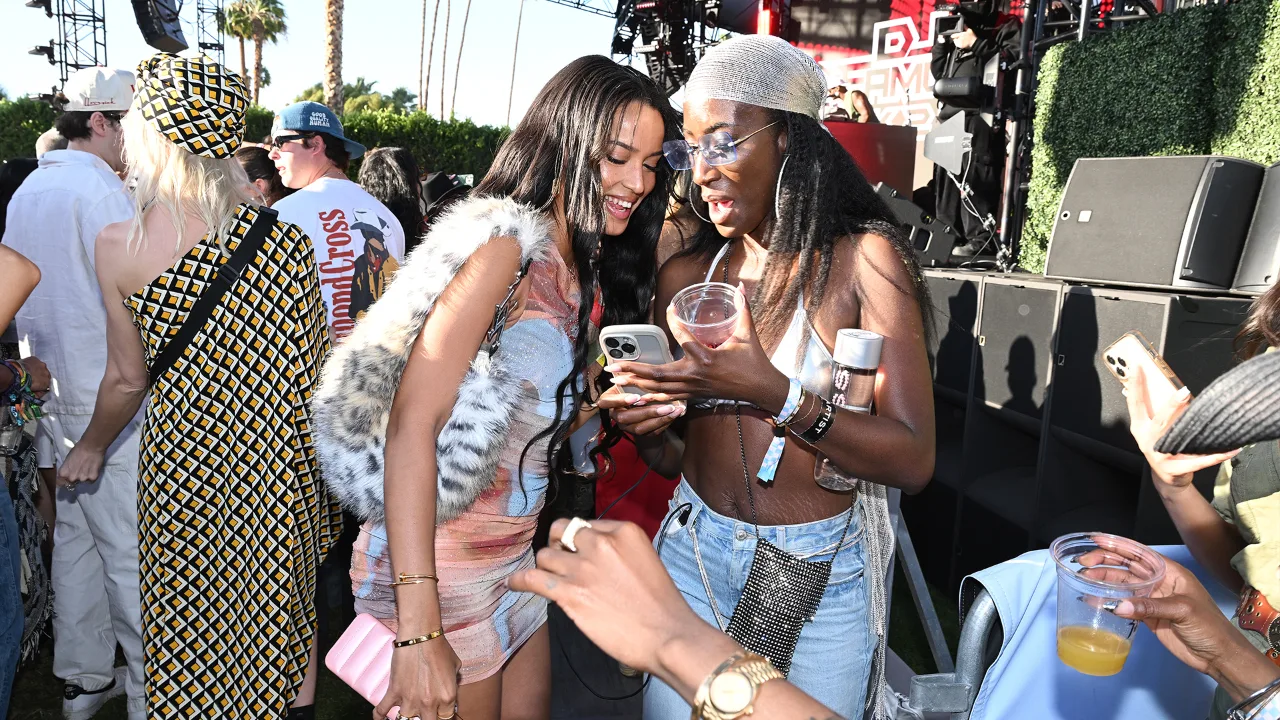
Today
Interestingly, today's rave-wear is both a marrying of the past and a reflection of the fashion world outside of dance music. One could squeeze through the beaten paths of a major festival and witness a party-goer in a fluro mankini, another in Adidas Sambas and football jersey and an ensemble of individuals dressed as the cast of Scooby-doo. Dance music's underpinning of community still remains, with every individual coming as they are, whoever they are. By extension, today's dance scene sees no uniform. No prescribed attire. Just one major request. Come. Dance. Be.
The voting for Club Classics Countdown is now on! Make sure you cast your votes here.

















































